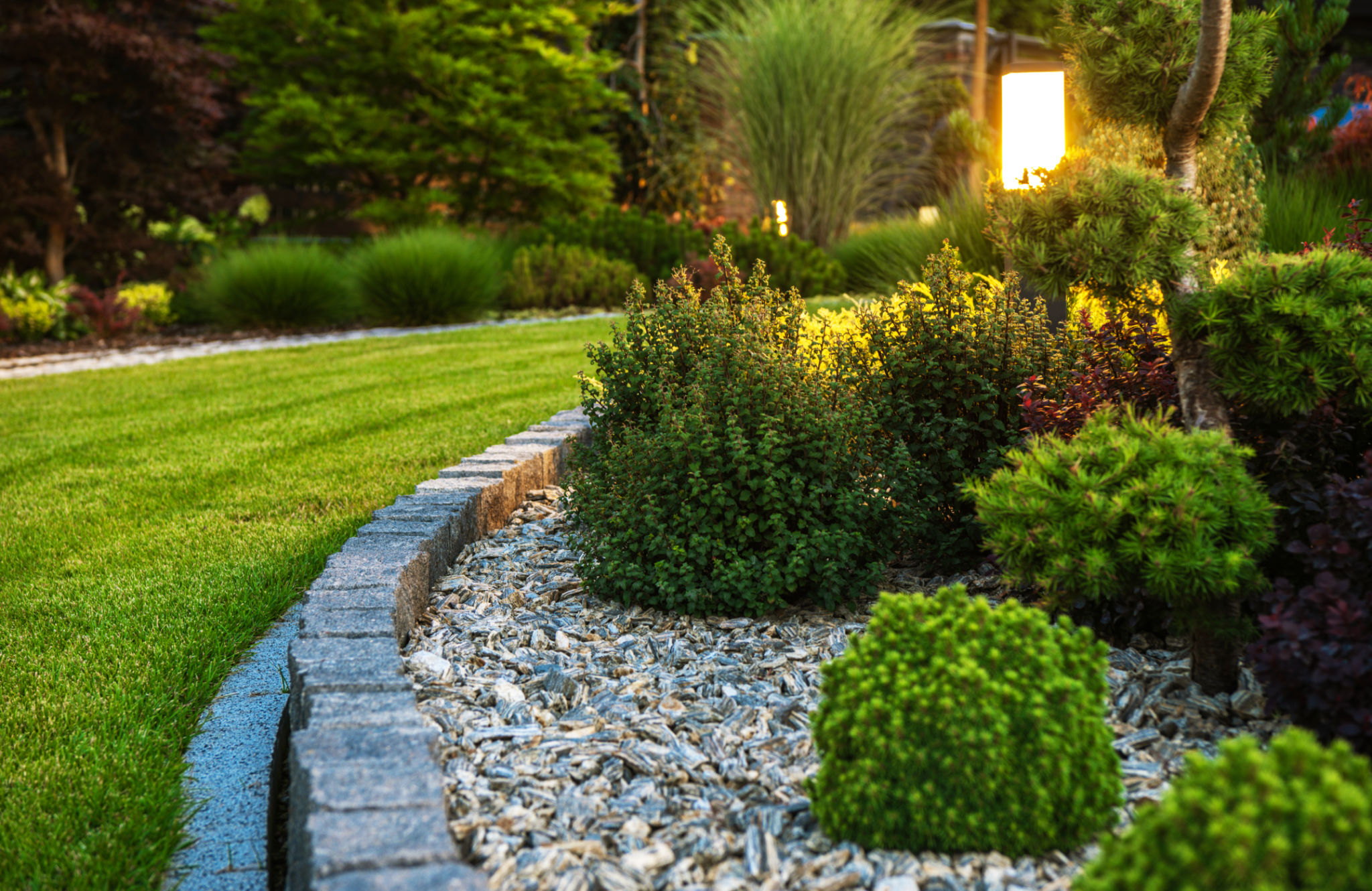The Ultimate Guide to Native Plant Gardening
Introduction to Native Plant Gardening
Native plant gardening is an eco-friendly approach that emphasizes the use of plants naturally adapted to your local environment. This method not only enhances the beauty of your garden but also supports local wildlife and reduces the need for excessive maintenance.
By choosing native plants, you can create a sustainable ecosystem that thrives with minimal human intervention. This guide will provide you with essential tips and insights to start your own native plant garden.

Benefits of Native Plant Gardening
There are numerous advantages to incorporating native plants into your garden. First, they are inherently drought-resistant and require less water than non-native species. This can significantly reduce your water bill and conserve a vital resource.
Additionally, native plants attract local pollinators such as bees, butterflies, and birds. This not only aids in the pollination of surrounding plants but also supports biodiversity in your area.

Environmental Impact
Native plant gardening reduces the need for chemical fertilizers and pesticides, which can harm the environment. By using plants that are naturally resistant to local pests, you promote a healthier soil and ecosystem.
Choosing the Right Plants
When selecting plants, consider your local climate, soil type, and the amount of sunlight your garden receives. Research plants that are indigenous to your region and consult local nurseries or botanical gardens for recommendations.
- Check the plant's hardiness zone.
- Consider the plant's growth habits and size.
- Think about the seasonal appearance and lifecycle.

Designing Your Native Plant Garden
Designing your garden involves more than just aesthetics. Think about the ecological relationships between plants, such as which combinations might support pollinators or deter pests.
Create a layout that mimics natural landscapes. Group plants with similar water and sunlight needs, and consider layering with groundcovers, shrubs, and trees to add depth and interest.

Maintenance Tips
Once established, native plant gardens require minimal upkeep. Regular tasks include mulching to retain moisture, occasional pruning to maintain plant health, and monitoring for invasive species that may compete with your native plants.
Be patient, as native plants may take time to establish. Their robust root systems need time to develop, but once they do, they will thrive with minimal care.
Conclusion
Native plant gardening is a rewarding endeavor that supports environmental sustainability and creates a vibrant, dynamic landscape. Whether you're a seasoned gardener or just starting out, embracing native plants can transform your garden into a haven for local wildlife and a beautiful, low-maintenance space.
Start small, experiment with different plants, and enjoy the process of watching your native garden come to life.
